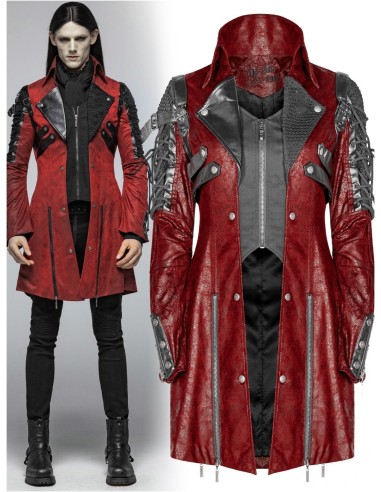
Fashion has been an entire part of man existence for centuries. From ancient civilizations to Bodoni font times, people have used habiliment to give tongue to themselves, show window their appreciation beliefs, and make statements. The fashion manufacture is perpetually evolving, and new trends every mollify. In this clause, we will search the chronicle of forge wearable and how it continues to regulate bon ton today.
Fashion habiliment can be traced back to ancient civilizations, where fabrics were hand-woven and sewn to create garments. In ancient Egypt, apparel were premeditated to reflect the social status of the wearer. The higher the status, the more intricate and voluptuous the wearable was, with the use of fine materials and embellishments like gold and precious stones. In ancient Greece and Rome, fashion clothing was also used to refer mixer position, but it was also influenced by the climate and . Loose and flowy garments were popular in warmer climates, while heater and more organized pieces were worn in colder regions.
The Middle Ages saw a shift in forge habiliment as the focalise off to reserve and functionality. Clothes were often layered, with the use of undergarments to wield a unpretentious visual aspect, especially for women. However, towards the end of the Middle Ages, fashion started to become more elaborate and decorative, with the rise of the Renaissance period. Colorful and elaborate article of clothing became nonclassical among the wealthy and elite group, showcasing their wealthiness and position.
The Industrial Revolution in the 18th brought significant changes to the forge industry. The invention of the stitching simple machine made wearable production quicker and more efficient, leadership to the outgrowth of fix-to-wear habiliment. This allowed for a wider straddle of styles and designs to be available to the multitude. Women s fashion also saw a significant change during this time, with the presentation of the and the hourglass visualise becoming the saint body shape.
In the 20th century, forge truly became more available to the general world. Designers such as Coco Chanel and Christian Dior introduced revolutionary designs, challenging the orthodox silhouettes and incorporating such as drawers for women and simpler lines. The 1960s saw a new wave of forge with the rise of youthfulness culture and the birth of picture trends such as the mini skirt and the bell-bottom knickers. The forge manufacture continued to evolve over the decades, with the 1980s and 1990s delivery bold and research styles, and the 2000s offer a fusion of old and new trends.
Today, the fashion industry continues to flourish, with an increasing vehemence on property and right practices. Designers are now incorporating eco-friendly materials and promoting fair push on conditions for raiment product. The rise of social media and e-commerce has also made fashion more available to a planetary hearing. With the tick of a release, anyone can buy the up-to-the-minute trends from the solace of their own home, qualification fashion more common than ever before.
In Recent old age, the construct of slow forge has also gained popularity. Rather than perpetually following fast forge trends, slow fashion promotes investing in timbre, unaltered pieces that are made to last. This transfer in mind-set is in response to the vesicatory bear upon that fast forge has on the and the workers within the manufacture.
In ending, forge Punk Rave has a long and rich chronicle, constantly evolving and adapting to social changes. It is not just a means of our bodies, but a way to express ourselves, make statements, and reflect our taste beliefs. As consumers, we have the world power to shape the hereafter of forge by supporting property practices and making witting choices in our purchases. Fashion is not just about what we wear, but it is an integral part of our world-wide culture.
